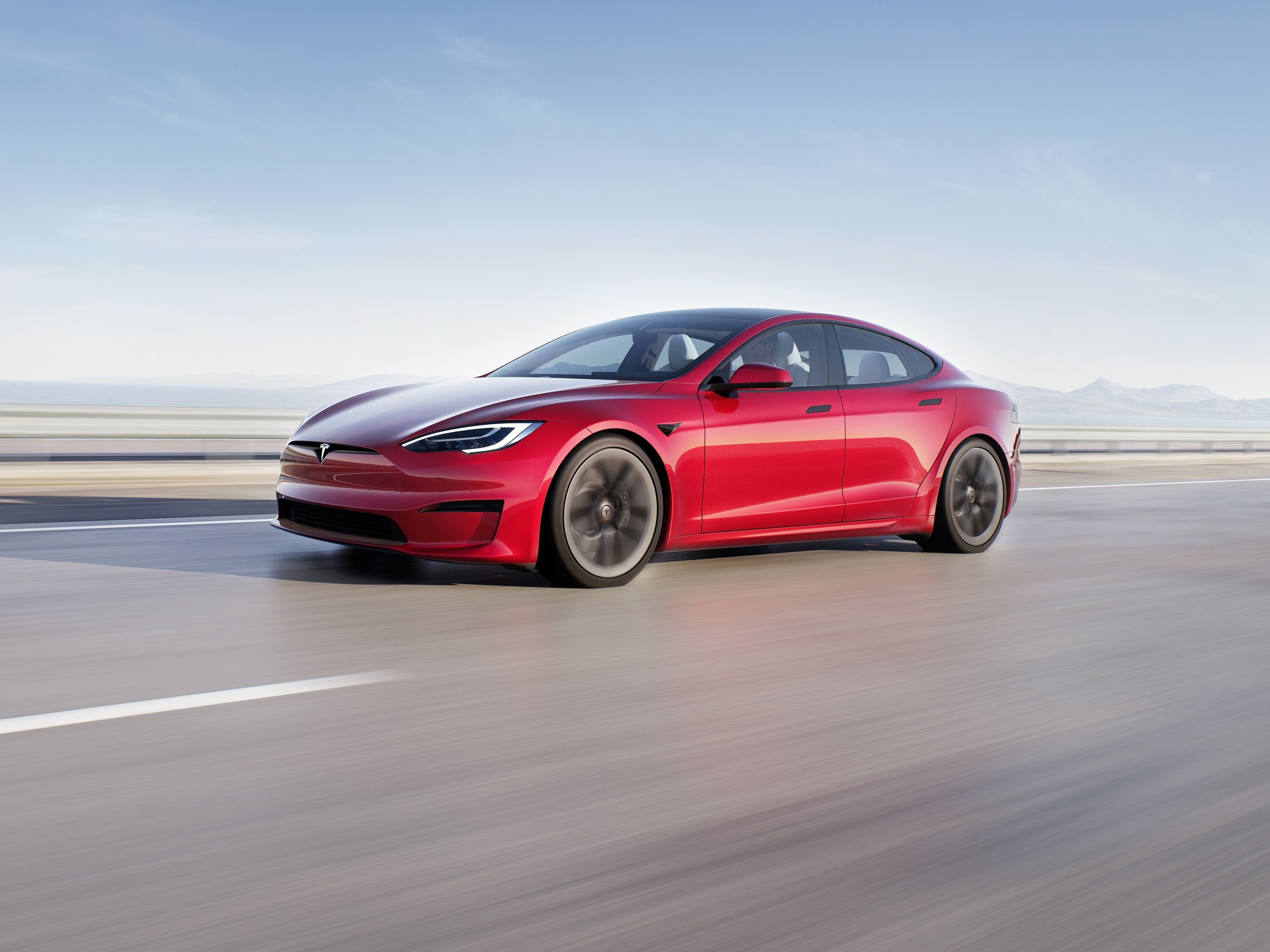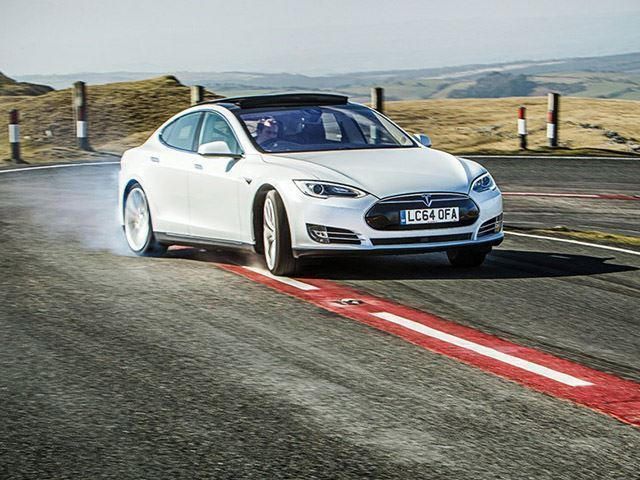
Last month, buyers who lusted after a Tesla Model S but were unable to afford the technologically savvy EVs were in for a treat as Elon Musk's car company introduced a bargain model dubbed the 60. This Tesla replaced the 70 as the new base Model S and dropped the base price of the EV to just $67,200, a steal for a car that can top out at $136,500 when optioned to the brim even when considering the loss of 24 miles of range to the 70's 234 miles.
Then, just last week, Tesla Motors slashed the price of its more expensive electric SUV, the Model X, by $9,000 to bring its starting price down to $74,000. For the discount, a buyer sacrifices 34 miles of range and 62 lb-ft of torque, not a terrible proposition given the discount. The aim of the two discounts is to help the brand swim ever so slightly down market to help appeal to penny-pinchers who were previously flirting with the idea of a Tesla but did not bite the bait. The move came just few days after the American EV manufacturer's second quarter reports were released, showing how it failed to meet its target of delivering 20,000 cars after it only sent 18,345 off to new garages during the three month period.
The general trend of Tesla's recent doings indicates one thing: the automaker is losing its allure that was once represented by Steve Jobs style presentations and revolutionary new products. It's not that the company's cars are any less cool, it's just that Autopilot, Ludicrous Mode, and a whisper-quiet drive are now old news and no longer deserve the spotlight that technology on the crux of engineering capability deserves. As a result, a time may come when customers are no longer as willing to shore up Mercedes S-Class amounts of cash for a car that isn't Mercedes quality despite the level of technology and consciousness-easing environmental friendliness. Once the competition has a better offering for the same price, it will be downhill for Tesla.
Tesla's success is also striking a chord with its competitors, and soon the monopoly will be over. Porsche, Audi, Bentley, Mercedes, and BMW have all announced that electricity is the way of the future and have poured money into building competitors with the looks, technology, sophistication, and most importantly, the craftsmanship brought on by decades of experience. With an onslaught from the rest of the auto industry looming, Tesla must ask itself how much longer it can keep up its high price facade before the oligopoly falls. Ignoring the competition, there are other problems that Tesla must soon rid itself if it wants to extend its lifespan and cement itself among the group of enduring automakers.
First is the issue of quality. On the basis of customer complaints, Consumer Reports recalled its recommendation of the Model S in October of 2015. It later published a report warning potential customers that used EVs were problem-ridden machines that quickly depreciated in value. On the other hand, Tesla has the problem that despite its stock prices being a Wall Street success story, it has yet to make a profit. All of its money has been tied up in heavy investments into the Gigafactory, Model X Falcon Wing doors, and trying to figure out some way to build half a million Model 3s to satisfy faithful fans who put in preorder deposits. Without even considering open investigations by the NHTSA and the SEC, it's safe to say that Tesla appears to be screwed on all fronts.
But like a classic underdog story, Tesla does its best when against the ropes. It isn't the first time that the young automaker has been in trouble, and each time it has surged forward in ways that surprise investors and charmed customers. What it all boils down to on this volley is time. Tesla is in a race against the clocks, not just to satisfy delivery deadlines but to save itself from the traps that the rest of the auto industry is laying out for it. If it can get itself together and make the Model 3 a smash hit success in terms of sales and stellar quality, then it stands a chance of surviving for another decade or so. As a long-term strategy, Tesla can't rely solely on the Model 3 even if the entry-level car will change the game for the company.
If Musk wants to continue charging such high premiums for his current sedan and SUV, he will soon need to pool his resources back into a refresh that has more range, luxury, and a gizmo or two that blow the minds of us nerds. Additionally, Tesla must play its cards right with every other venture where profit money is tied up to prove to investors that the company is profitable. Wall Street sees the TSLA letters on the ticker as fertile ground, but soon that perception will need to be backed up. Until then, we will keep rooting for Musk because he is one of the few businessmen with the balls to risk everything for a dream. Whether he succeeds or fails, he's at least earned the right to use his name and the nickname "Tony Stark" interchangeably.

